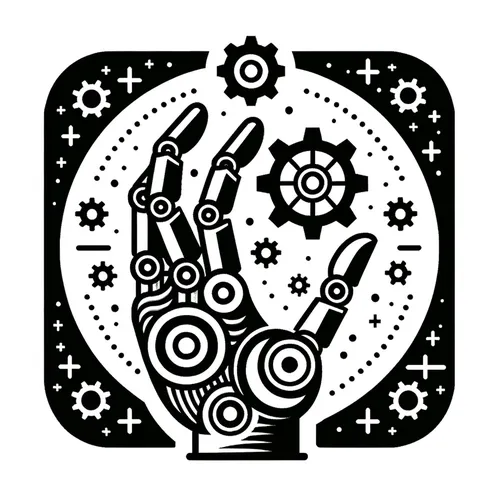Robots Invade Factories: AI Sparks Cobot Craze, Swarms Swoop In
- Author
- Quiet. Please
- Published
- Wed 27 Aug 2025
- Episode Link
- https://www.spreaker.com/episode/robots-invade-factories-ai-sparks-cobot-craze-swarms-swoop-in--67527811
This is you Robotics Industry Insider: AI & Automation News podcast.
Industrial robots are no longer just the isolated giants of the assembly line—today, breakthroughs in artificial intelligence, advanced sensors, and collaborative design are turning factories into hubs of human-machine synergy. Recent market data from both Databridge Market Research and Straits Research show the global industrial automation sector is booming, valued at over 196 billion dollars this year and projected to more than double to around 420 billion dollars by 2033, thanks to relentless demand for smarter, more cost-effective manufacturing. Those numbers are backed up by Grandview Research, which points to a 10.8 percent compound annual growth rate, with the Asia-Pacific region leading almost 40 percent of global revenue.
Listeners, in just the past week, Delta Electronics debuted collaborative robots and artificial intelligence modules at Automation Taipei 2025, signaling how rapidly cognitive tools are merging with robotics on the factory floor. Similarly, Dexterity’s new ‘superhumanoid’ Mech robot began on-site trials unloading trucks for Sagawa Express in Tokyo, setting a new bar for operational validation in logistics automation. Meanwhile, igus has entered the humanoid robot market with its Iggy Rob, blurring the lines between industrial function and service support.
The most successful manufacturers now deploy not just industrial robots, but also flexible collaborative systems capable of working safely beside human operators. According to Interact Analysis, collaborative robots, or cobots, are headed into a new growth cycle, driven by the need for versatility in high-mix, low-volume production environments. AI-powered vision systems—like Photoneo’s new PhoXi 3D Scanner—are making robots more adaptable to unpredictable real-world conditions.
Industry leaders are betting big on research, with innovations like swarm robotics and generative AI already transforming aerospace and automotive manufacturing. Companies reap real rewards: a recent ARM Institute review points to an average 22 percent reduction in operating costs after automation investments. Still, about 70 percent of digital transformation projects fall short, reminding us that strategy and technical expertise are absolutely vital.
In the near future, listeners should watch for even deeper AI integration, more intuitive programming, and expansion beyond traditional manufacturing—think logistics, healthcare, and food processing. Upskilling for human-machine collaboration is no longer a distant prospect, but an immediate imperative for companies and workers alike. For practical action, organizations should prioritize ongoing workforce training, choose modular automation solutions for flexibility, and collaborate with established partners to manage transition risks.
Thank you for tuning in to this episode of Robotics Industry Insider. Be sure to join us next week for more essential updates. This has been a Quiet Please production; for more, check out Quiet Please Dot A I.
For more http://www.quietplease.ai
Get the best deals https://amzn.to/3ODvOta
